Our Nuclear Power Plants: Reliable Energy Around The Clock
Learn more about the eight units Southern Nuclear operates for Alabama Power and Georgia Power, generating clean and reliable nuclear energy for millions of customers.
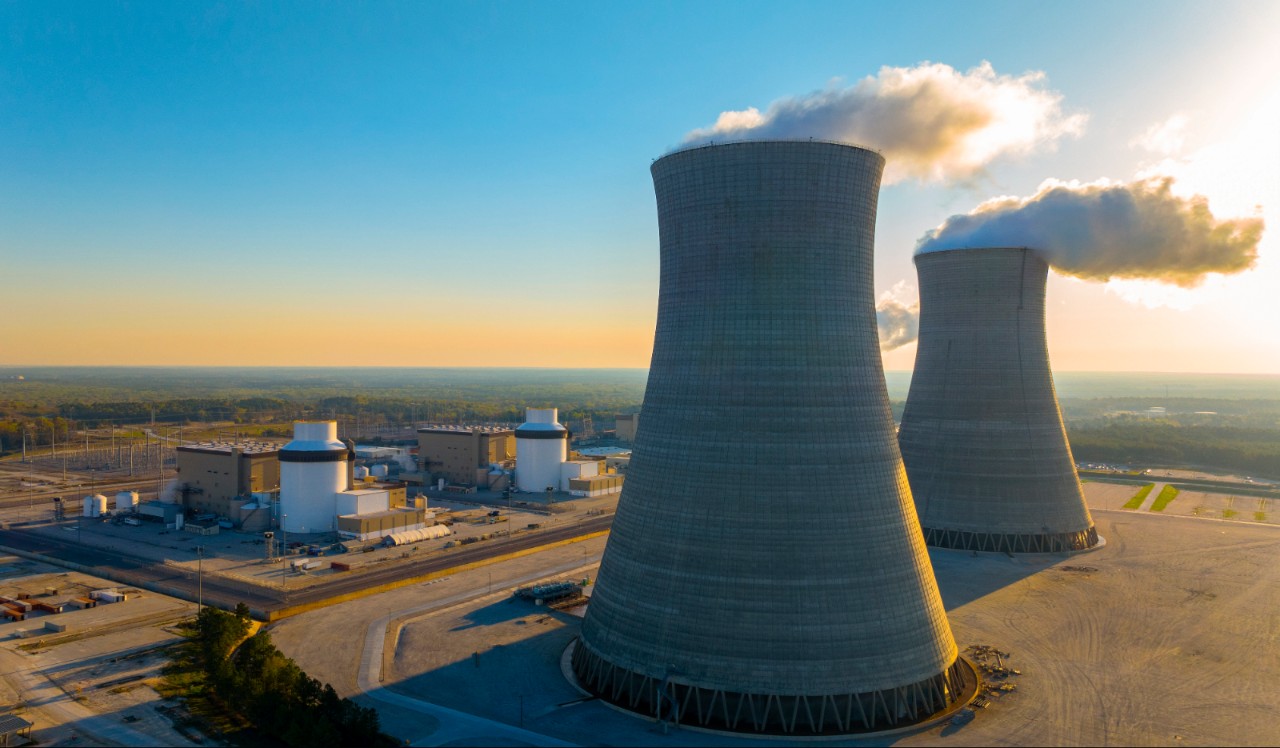
Plant Vogtle
The Alvin W. Vogtle Electric Generating Plant, located in Waynesboro, Georgia, is one of Georgia Power's two nuclear facilities and is the largest generator of clean energy in the United States.
Learn More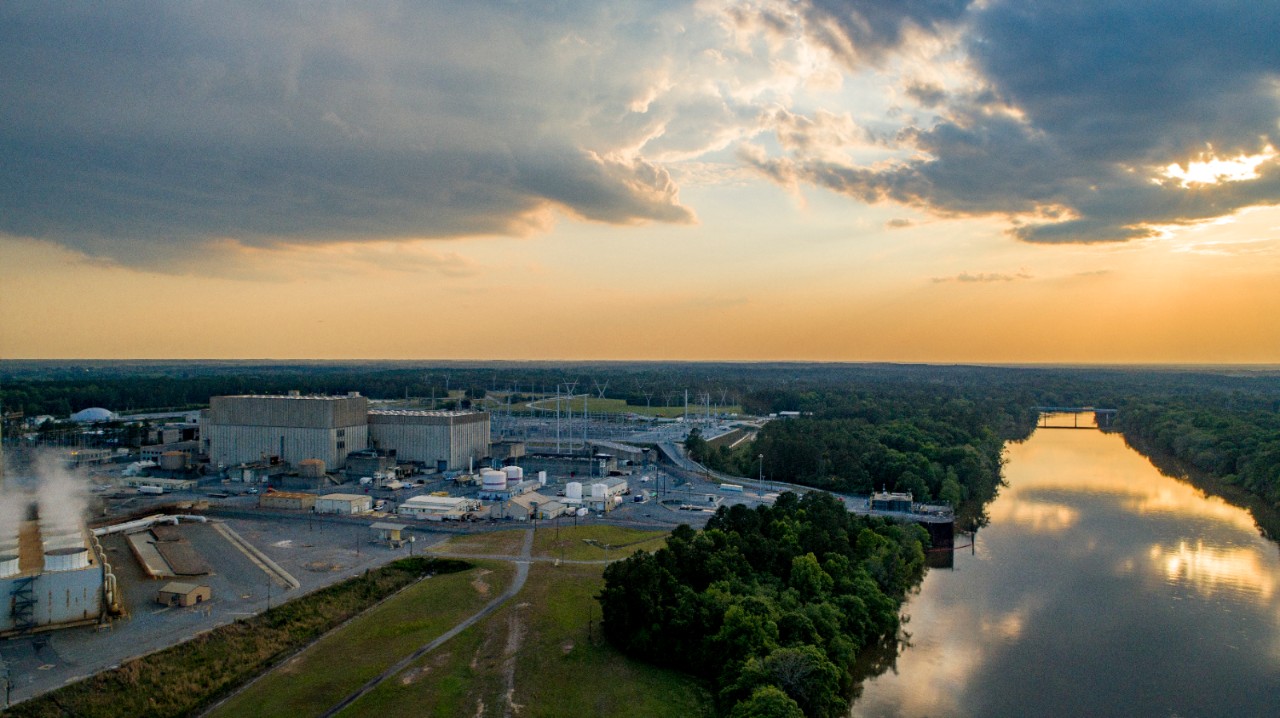
Plant Hatch
The Edwin I. Hatch Nuclear Plant, located in Baxley, Georgia, is Georgia’s first nuclear-powered electric generating station.
Learn More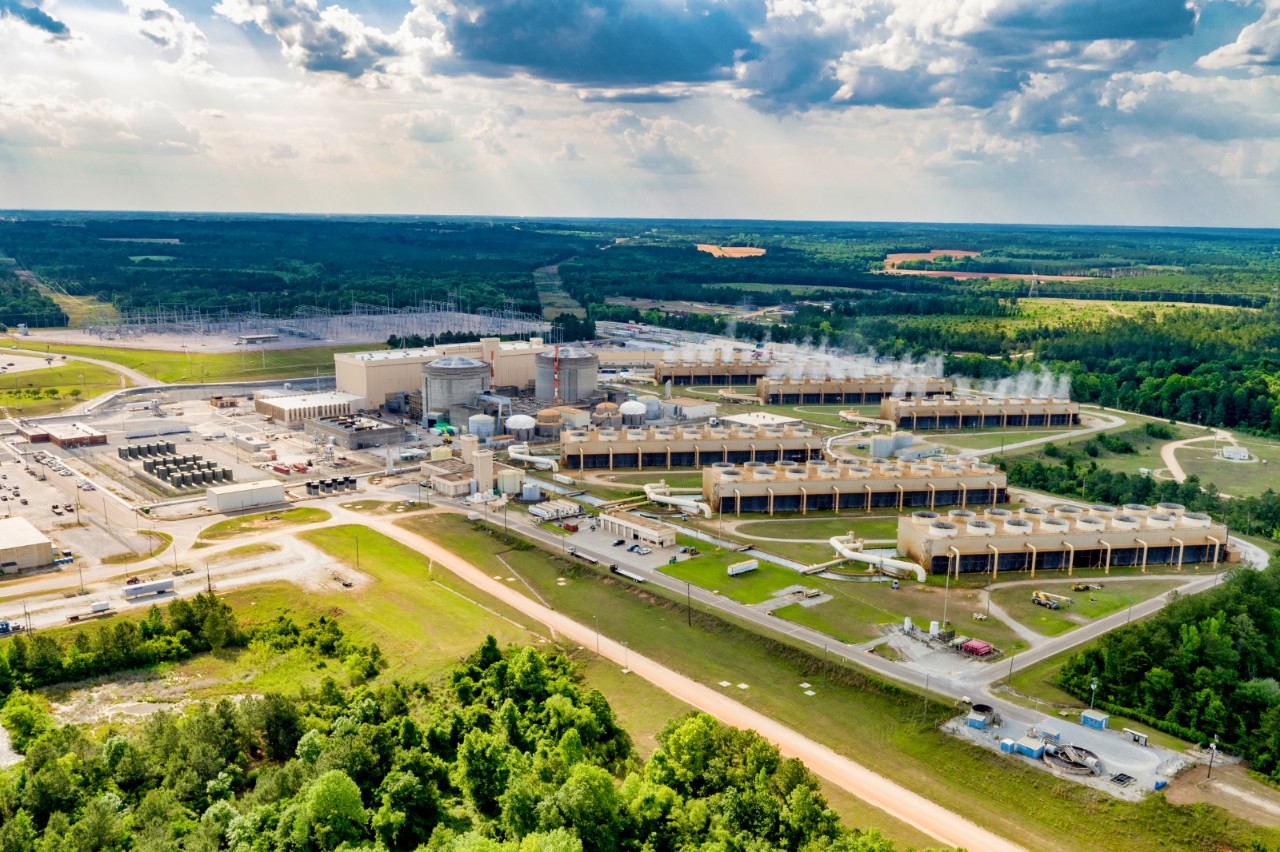
Plant Farley
The Joseph M. Farley Nuclear Plant, located near Dothan in southeast Alabama, has generated more than 350 million megawatts since its beginning in 1977.
Learn MoreMore About Our Nuclear Plants
Environmental Stewardship
Protecting our natural environment is one of our top priorities. Each of our facilities is surrounded by thousands of acres of diverse flora and fauna, including native plants and wildlife. We are dedicated to being responsible stewards of our surroundings, ensuring that essential habitats are preserved, and species can thrive. Every plant in the Southern Nuclear fleet has been certified as a wildlife habitat for over 30 years by the Wildlife Habitat Council, a nonprofit international organization committed to protecting and enhancing wildlife habitats.
Plant Hatch
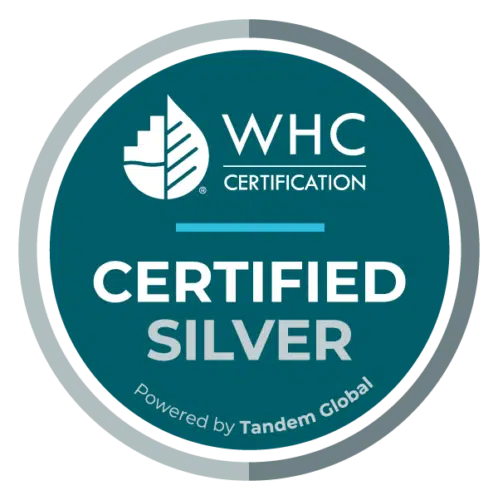
Plant Farley
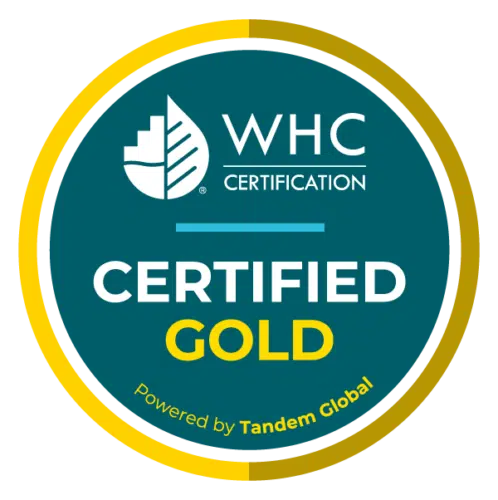
Plant Vogtle

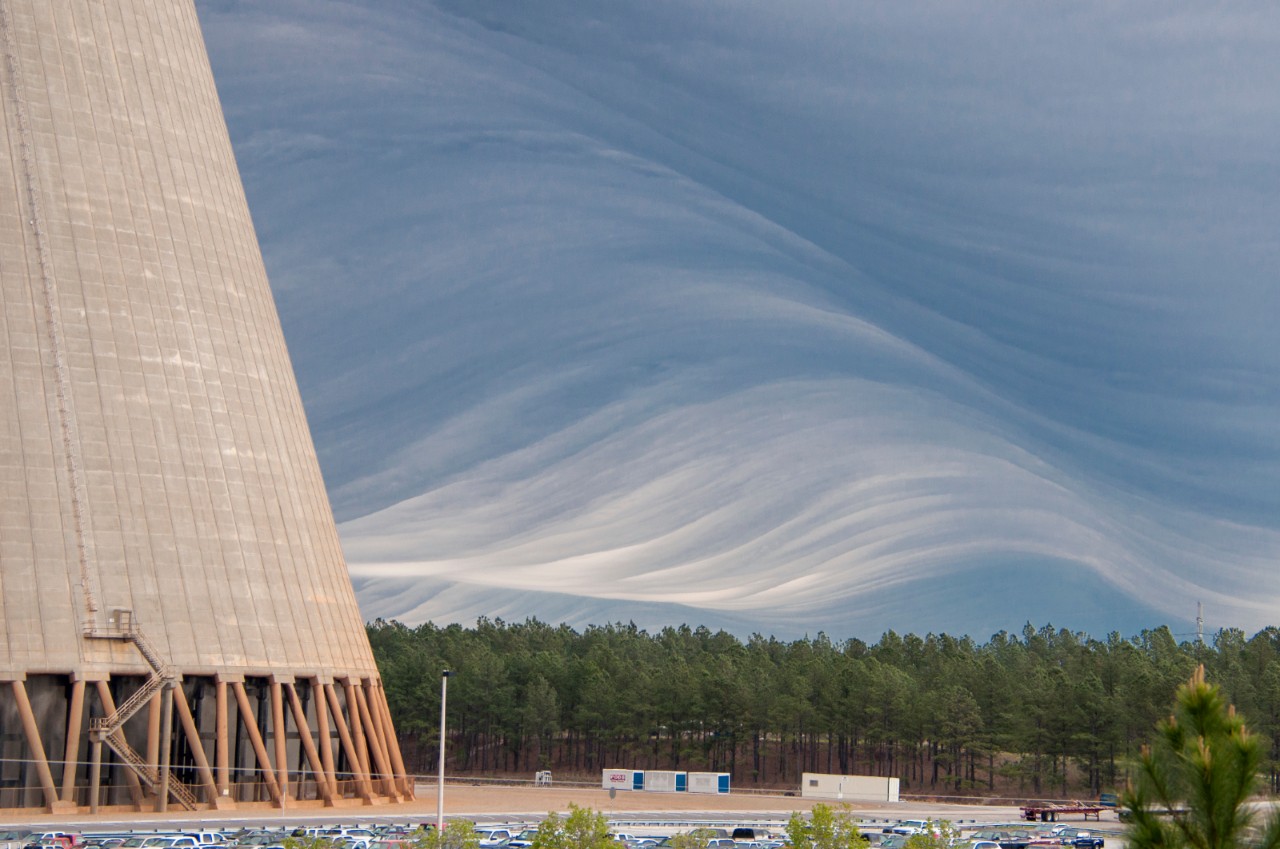
Clean Energy for A Net Zero Future
Nuclear energy facilities are pivotal in our journey toward a net-zero future and provide 80% of Alabama's carbon-free electricity and 77% of Georgia's carbon-free electricity. This substantial contribution underscores the critical role of nuclear energy in reducing greenhouse gas emissions. By providing a reliable and sustainable source of carbon-free electricity, our nuclear power plants in Alabama and Georgia are essential in driving the transition to a more sustainable energy landscape.
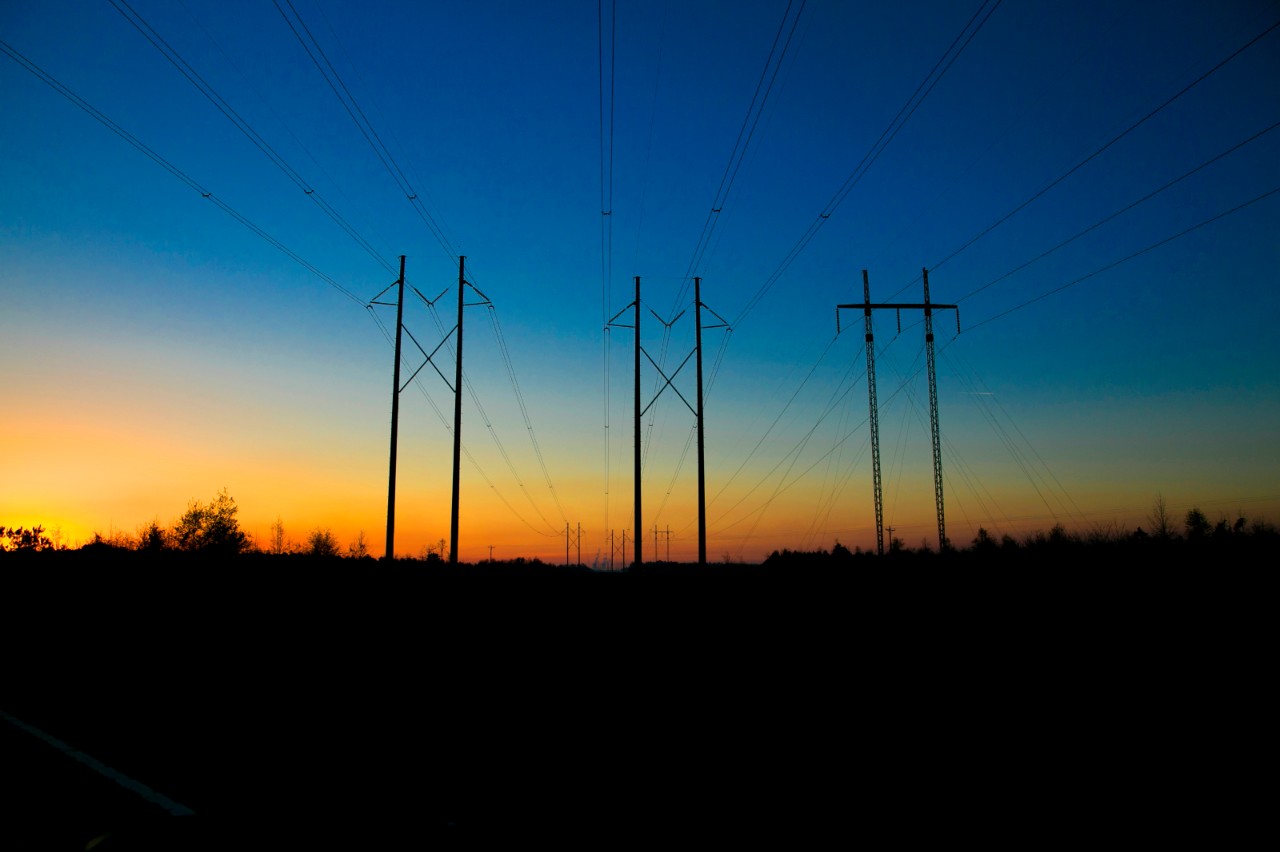
Proven Reliability
Nuclear power is the most reliable source of clean energy. Designed to run 24/7/365, nuclear power plants require fewer maintenance outages ensuring a more reliable energy supply for Alabamians and Georgians.

Efficient Nuclear Technology
Imagine a tiny uranium fuel pellet, no bigger than a pencil eraser, packing the same energy punch as a ton of coal, 149 gallons of oil, or 17,000 cubic feet of natural gas. Now, picture over 14 million of these mighty pellets powering a nuclear reactor, which can run continuously for up to two years without the need for a refill. That’s the incredible power of nuclear energy.
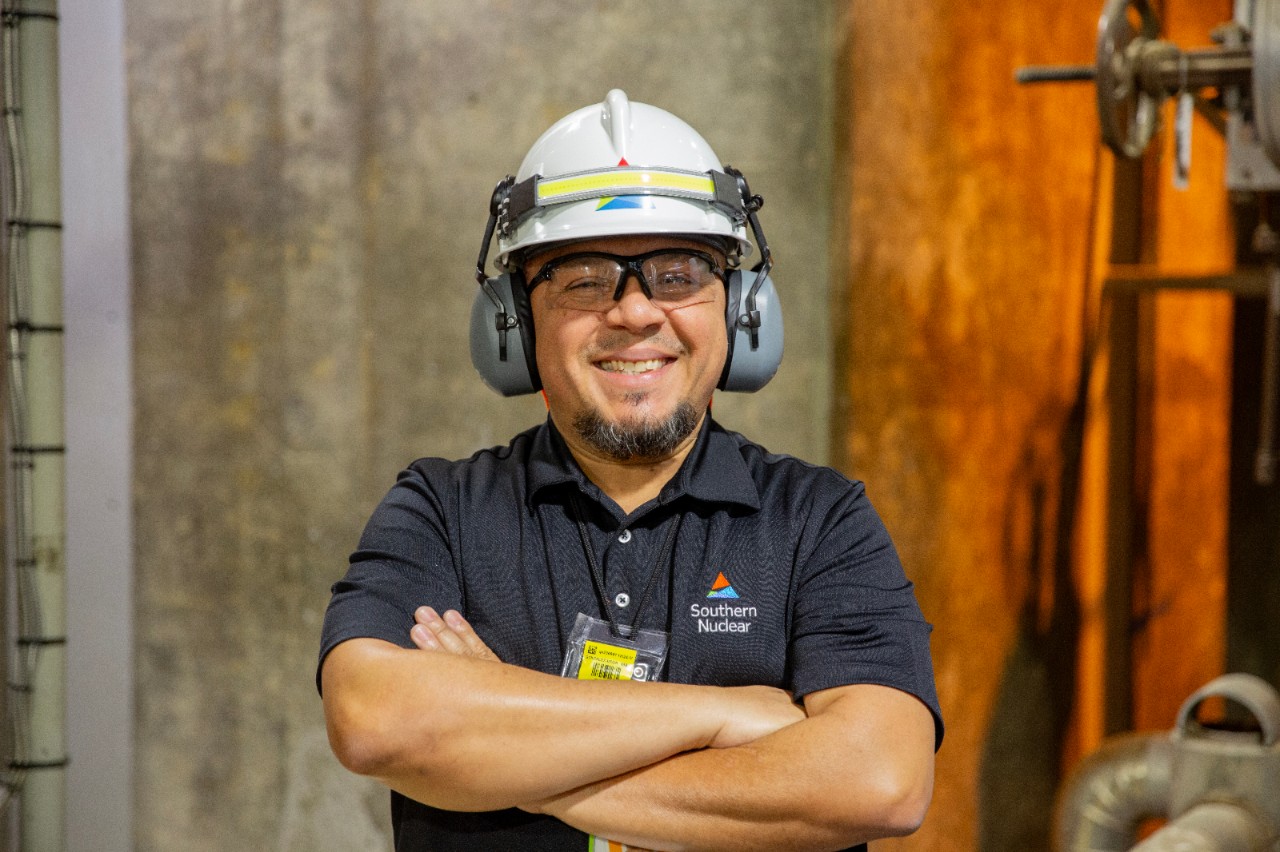
Safety is Our Top Priority
We take seriously our obligation to protect the health and safety of our employees, the public and the environment. The U.S. Nuclear Regulatory Commission (NRC) holds nuclear plants to the highest security standards of any American industry. At each nuclear facility there are multiple layers of protection designed with redundant safety systems including structural strength, highly trained operators and proven emergency plans to ensure safe operation of Southern Nuclear power plants in Alabama and Georgia. In fact, a reactor operating at full power can be shut down in less than seven seconds by inserting control rods into the reactor core to stop the fission process. Full-time, on-site inspectors from the NRC monitor the facilities to ensure safe maintenance and operation are in accordance with established nuclear procedures.
Frequently Asked Questions
How many nuclear power plants are in Alabama?
There are two nuclear power plants in Alabama: the Browns Ferry Nuclear Plant and the Joseph M. Farley Nuclear Generating Station (Plant Farley). Together, these plants have a total of five reactors and power 3.2 million homes state-wide.
How many nuclear plants are there in Georgia?
There are two nuclear power plants in Georgia: the Alvin W. Vogtle Electric Generating Plant (Plant Vogtle) and the Edwin I. Hatch Nuclear Plant (Plant Hatch). Plant Vogtle is the largest generator of clean energy in the U.S. and is home to our nation’s two newly constructed nuclear units built in the late three decades. Plant Hatch has two reactors. Together, these two nuclear power plants provide electricity to 2.8 million homes in Georgia.
How much of Alabama’s carbon-free electricity is generated by nuclear power?
Nuclear power plants generate 80.3% of Alabama’s carbon-free electricity.
How much of Georgia’s carbon-free electricity is generated by nuclear power?
Nuclear power makes up 77.4% of Georgia’s carbon-free electricity.
Does Southern Nuclear operate any power plants in other states?
Southern Nuclear operates power plants in Alabama and Georgia. In Alabama, they operate the Joseph M. Farley Nuclear Plant (Plant Farley). In Georgia, they operate the Edwin I. Hatch Nuclear Plant (Plant Hatch) and the Alvin W. Vogtle Electric Generating Plant (Plant Vogtle).
Where does the Southeast get its nuclear energy?
The Southeast region of the U.S. gets its nuclear energy from several key nuclear power plants. These plants collectively contribute a significant portion of the region’s electricity, providing a reliable and carbon-free energy source.
What is nuclear fission?
Nuclear fission occurs when a uranium or plutonium atom absorbs a neutron, and the atom splits into smaller parts, producing more neutrons that go on to split even more atoms, and so on. This result is a chain reaction, which releases a large amount of energy in the form of heat. Aside from the heat source, a nuclear energy facility uses the same process as any fossil fuel plant: the heat generated produces steam that turns the turbines, which spins the generator to produce electricity.
How does nuclear energy support the path to a cleaner energy future?
Nuclear energy plays a crucial role in the clean energy transition by providing a reliable, high-density and carbon-free source of power.
